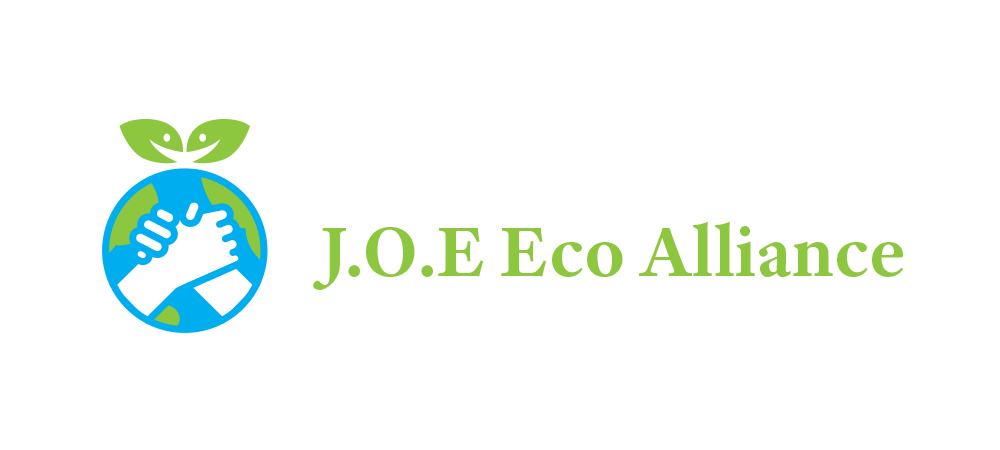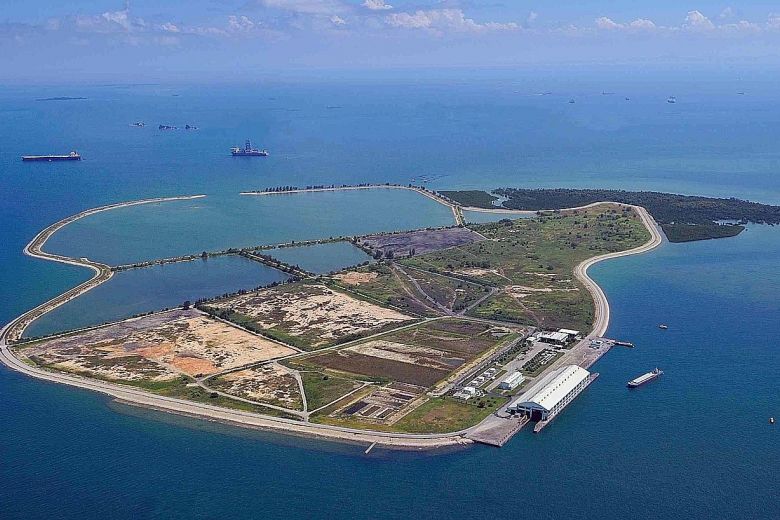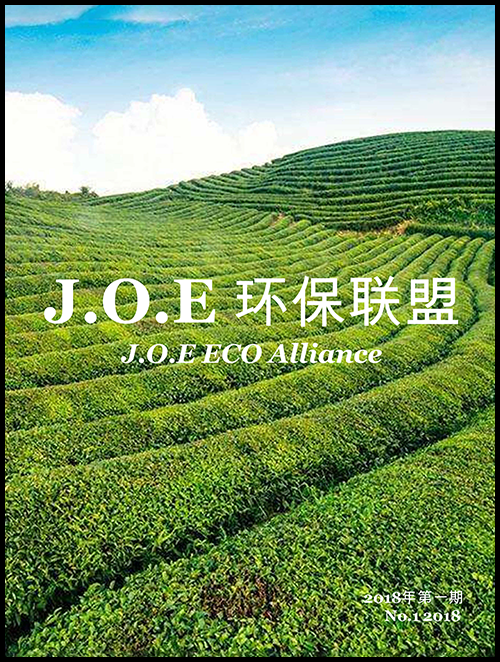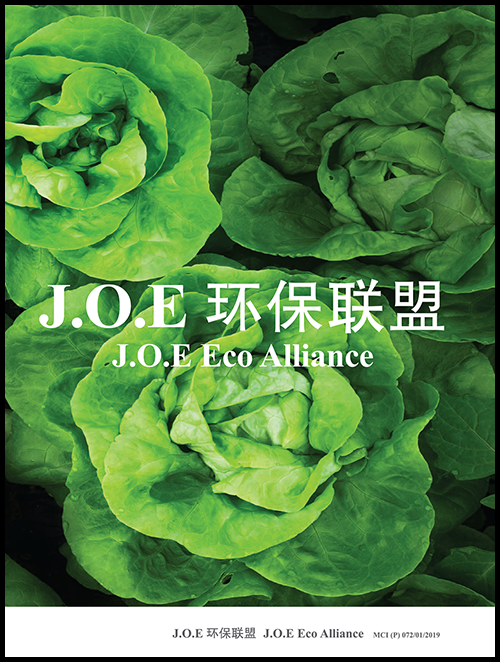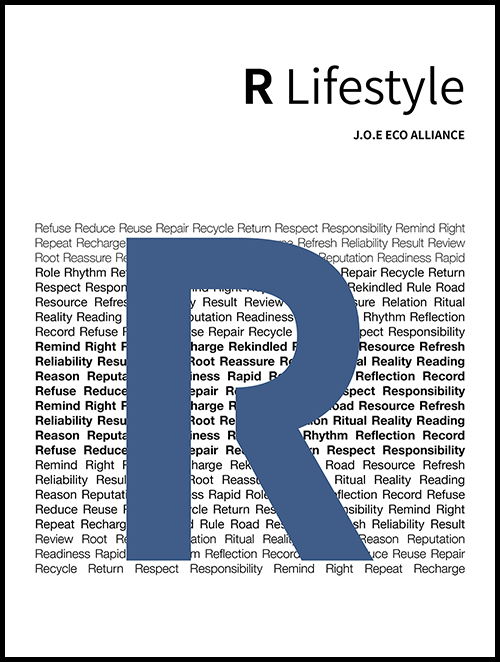新加坡首个零废弃总蓝图设下新目标,预计到2030年让实马高垃圾埋置场每天处理的垃圾减少30%,以延长实马高岛的使用寿命,过了2035年仍能使用。
本地去年制造约770万公吨垃圾,按照目前的速度,至今投入运作20年、位于实马高岛唯一的垃圾埋置场,到了2035年就会被填满。如今,每名国人每天丢弃800克垃圾,其实只要每人每个月减少丢弃约15个玻璃瓶,埋置场处理的垃圾就能减少三成。
环境及水源部兼卫生部高级政务部长许连碹博士星期五(8月30日)宣布正式推出零废弃总蓝图。除了上述目标,总蓝图也旨在推广国人的再循环意识,预计到了2030年,整体社会的再循环率可达70%,家庭和非家庭再循环率分别达到30%和81%。
我国去年的主要垃圾源包括建筑废料、纸张或纸皮、塑料等,所有垃圾中有约60%经过再循环处理,其余的会被运往实马高岛处理,当中多为可燃烧垃圾。
为达成总蓝图设下的目标,政府会带领业者多管齐下,透过自动化气动垃圾收集系统、TuasOne废料转化能源厂等基础建设,以及多项资助创新科研项目的津贴计划,共同促进环保服务业的转型。
目前,我国的建筑废料、铁和非铁类金属已达到近100%的再循环率,政府将继续针对其他垃圾源对症下药。可持续资源法案下周将在国会提出二读,旨在加强监管食物、电子和包装垃圾这三大垃圾源。
为加强我国自行处理再循环废弃物的能力,国家环境局正探讨建立专门处理电子垃圾的再循环设施,回收大型家电、电池和电灯。该局也在研究如何实行塑料再循环科技,接下来会展开行业咨询。
此外,全岛蓝色回收桶最迟到了明年中将贴上新的标签,以更明显的标示推广正确回收的意识,包括提醒公众不要将食物和饮料丢进回收桶。
为了避免公众误以为回收卡车是一般垃圾车,所有公共垃圾收集业者的回收卡车也换上蓝色新装,车身印有“我是一辆回收卡车”的字眼。
在制定零废弃总蓝图时,政府展开了八次焦点小组讨论和对话会,咨询超过250家公司,让逾5000户人家参与调查,网上公共咨询也收到逾1300份反馈。
许连碹受访时强调,零废弃的愿景无法单靠政策实现,合作伙伴的支持非常重要。“政府将持续更新总蓝图,与国人共同制定解决方案,打造可持续发展社会。”
通过采纳循环经济模式,许连碹指出,我国将不断重复使用再循环资源,并推行可持续生产和消费模式,减少碳排放量和垃圾产量,从而缓解我国面对的气候变化问题。“除了保护生态环境,循环经济模式也能创造新的行业和需求,为我国带来更多商机和就业机会。”
除了资助更多由下至上推行的环保措施,政府下个月也将成立公民工作小组,着重探讨如何鼓励更多家庭响应再循环,以及解决蓝色回收桶的污染问题。

The lifespan of Singapore’s only landfill is shortening, and to help extend it, the Government yesterday announced a new waste reduction target for the nation and an action plan on how to achieve it.
By 2030, Singapore wants to send about one-third, or 30 per cent, less waste to offshore Semakau Landfill to help it last longer than the projected 2035, said Senior Minister of State for the Environment and Water Resources Amy Khor yesterday.
Already, the landfill has seen its lifespan shorten from 2045 to 2035. About 2,100 tonnes is now sent to the landfill daily.
Achieving this target would require regulatory teeth, new infrastructure, research and development, and nudges to encourage people to recycle more – solutions laid out in Singapore’s first zero-waste masterplan launched yesterday.
In explaining the importance of tackling waste, Dr Khor said this was a way of supporting climate mitigation efforts. Scarce resources are depleted when people produce, consume and throw away, she said.
“The associated activities – be it mining, manufacturing or shipping – also emit greenhouse gases. These gases trap heat in the atmosphere and contribute to climate change,” she added.
The Resource Sustainability Bill will be passed in Parliament next week, she said. This will provide regulatory teeth for the Government to implement measures to reduce waste from three key streams: electronic waste, food waste and packaging waste.
The masterplan also looked into infrastructure.
Singapore is now exploring the establishment of local e-waste recycling facilities for items such as large household appliances and lamps; and is also looking into available plastic recycling solutions and technologies and their suitability for Singapore.
China’s recent ban on plastic recyclables has shifted the trade patterns of this material, Dr Khor said.
“We believe that closing the plastics loop domestically, to extract treasure from trash, is an area where both economic and environmental opportunities lie,” she said, citing the example of mechanical recycling to turn waste plastics into plastic pellets for new products.
Ms Lee Bee Wah, an MP for Nee Soon GRC, said the masterplan, launched soon after Prime Minister Lee Hsien Loong sounded the clarion call on dealing with climate change at the National Day Rally earlier this month, would raise public awareness of the issue.
She said: “What I hope to see is this message trickling down to individuals. Nothing is too small or too little to save the earth for the next generation.”
esterday, Dr Khor also unveiled a new look for recycling trucks and new labels for bins.
Singapore’s domestic recycling rate has fared poorly over the years, hovering in the region of 20 per cent. In comparison, the industrial sector recycled 74 per cent of its waste last year. Among the reasons for the poor domestic recycling rate is the contamination of recyclables, which happens when food is thrown into recycling bins.
The new labels prominently state that no food or liquids are allowed in the big blue recycling bins.
A spokesman for the National Environment Agency said the cost of the new labels was “a very small fraction of the value of the public waste collectors’ contracts”.
She added: “If residents follow the illustration… the domestic recycling rate will improve, and this will increase the ease and efficiency of the public waste collectors’ work.”
Waste Management and Recycling Association of Singapore chairman Melissa Tan said the waste reduction target was achievable – if individuals also stepped up to recycle more. “The industrial sector has already done its part. If individuals too make the effort to recycle more, then hitting the target is very achievable. The new recycling labels may help in this area.”
Source: Zaobao / The Straits Times
